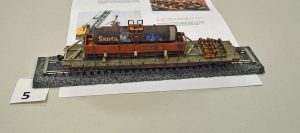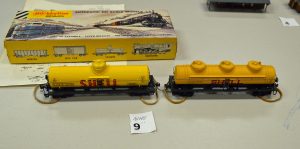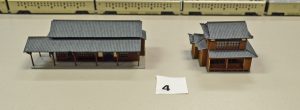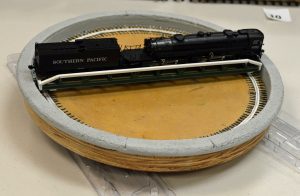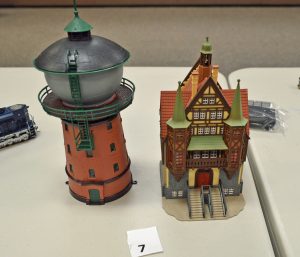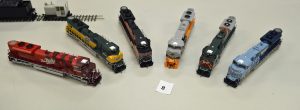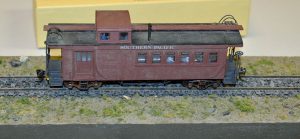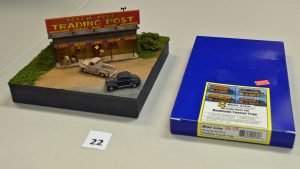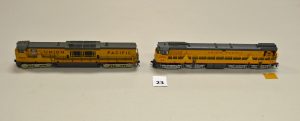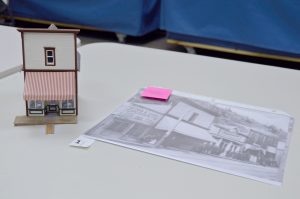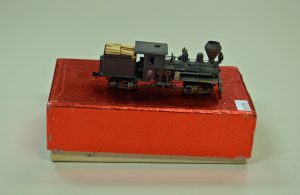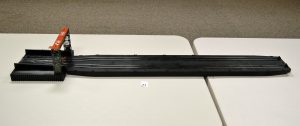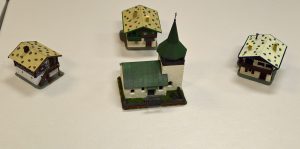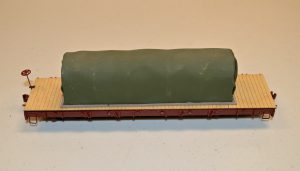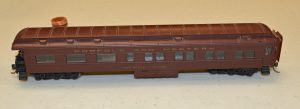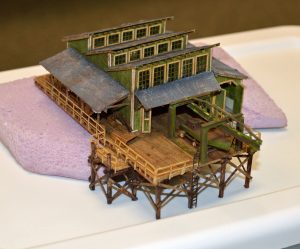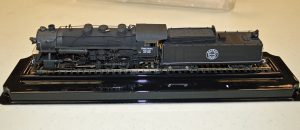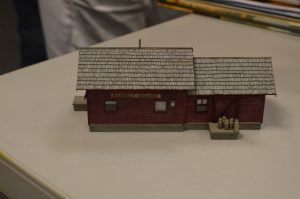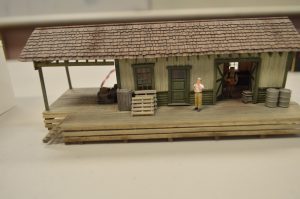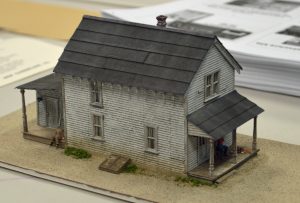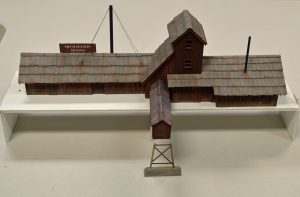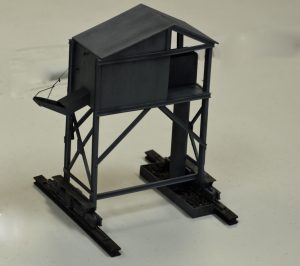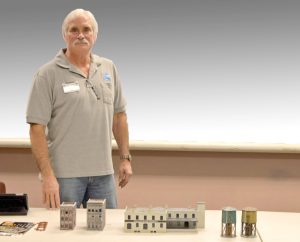Dale G. Kraus
Photos by author
It was a full house at the Tacoma Clinic on February 8. After announcements, Rob of Rob’s Trains and Hobbies showed us what was new… and not-so-new. He has several collections of gently-used equipment on N, HO, and O scales at bargain prices.
This month’s clinic was HO Scale Wooden Trestle Construction presented by Scott Taylor. He explained and demonstrated everything you need to know about posts, piles, braces, sashes, caps, stringers, girts, and ties.
The Modeler’s showcase was well-populated, with 19 models shown by eight modelers.
Leo’s HO flat car load. (Model of the Month)
John’s old HObbyline tank cars
Kurt’s N diesel/overhead electric Japanese train
Kurt’s Laser-cut paper building kits (also N)
Dennis’ srcatchbuilt N Turntable
Mitch’s HO German water tower and “Rathaus”
Mike’s On30 locos
Warren’s HO “fallen flags” U.P. diesels
Gene’s HO drover’s caboose with full interior
The next Tacoma Clinic will be on March 8 at 7PM in the usual place. After that we will be moving. Watch the Grab Iron for notification of our new location.

